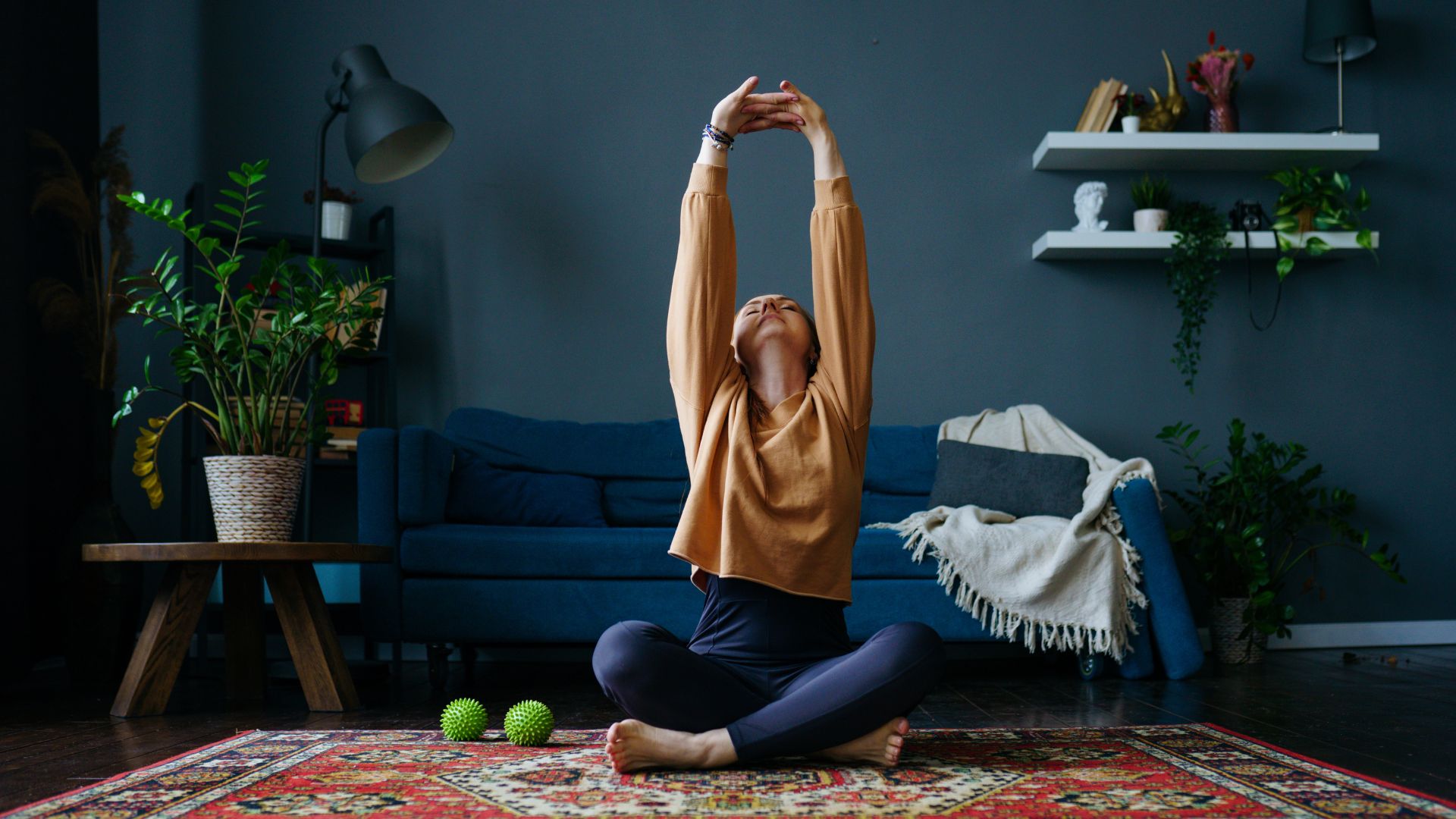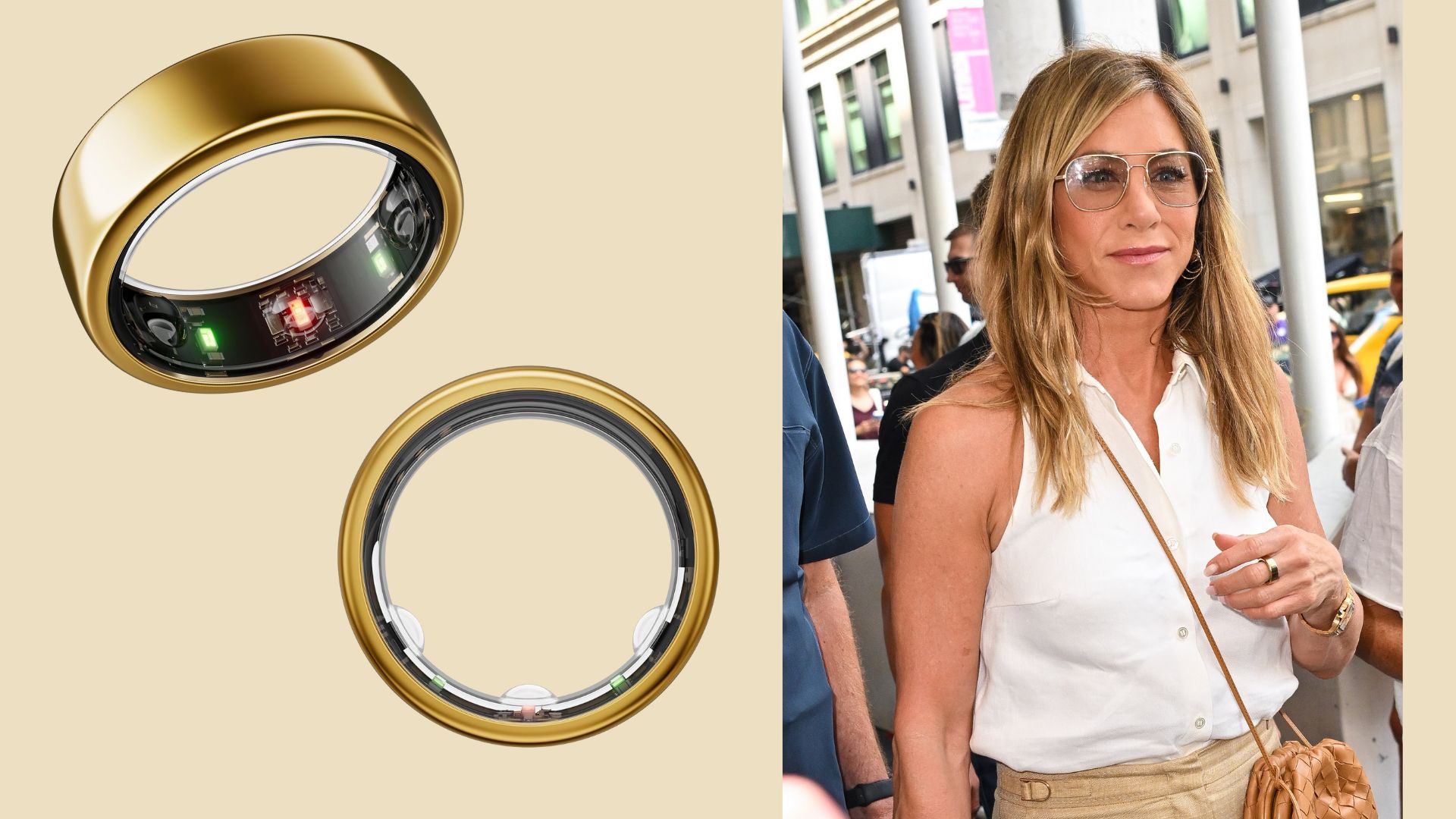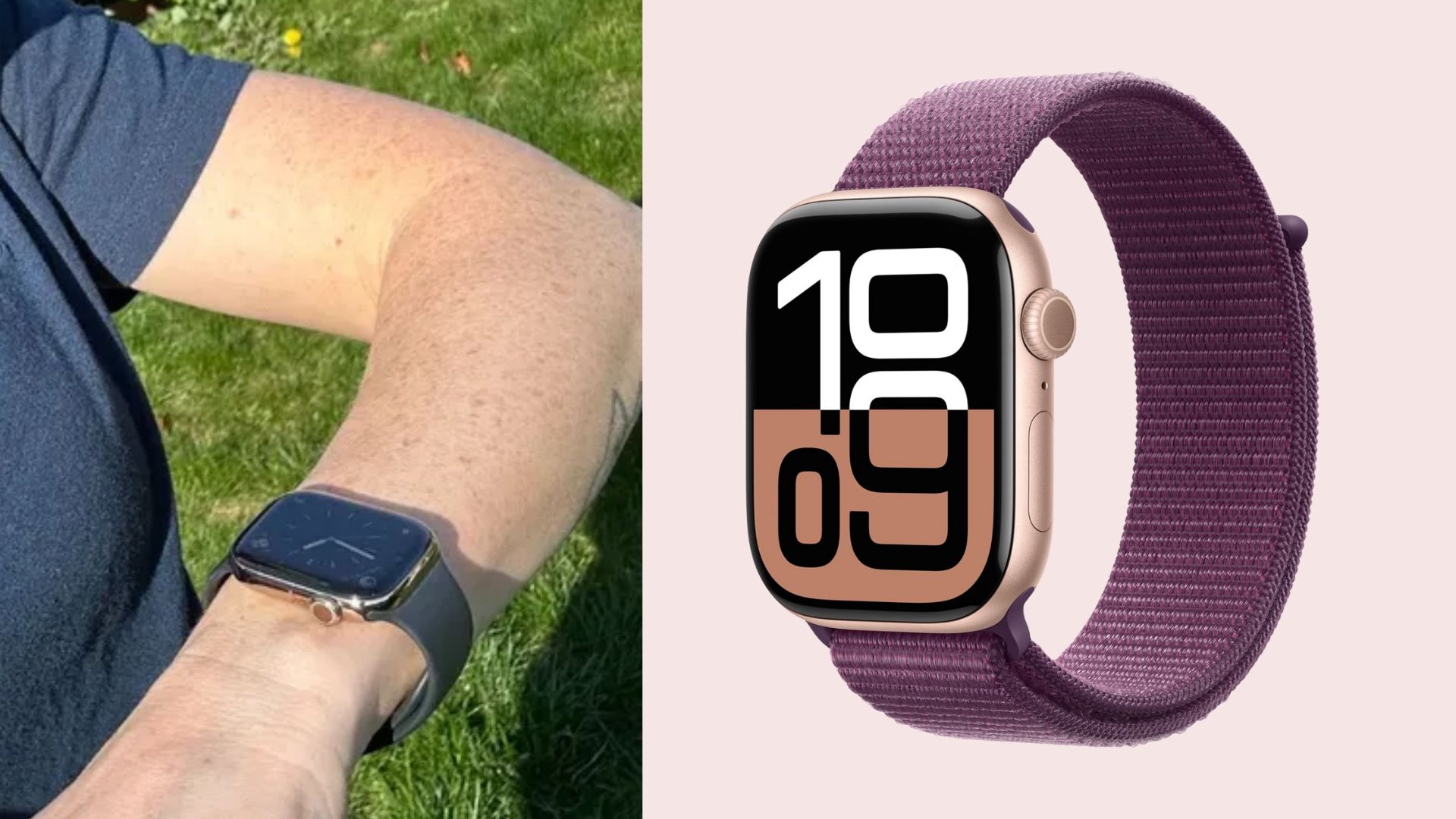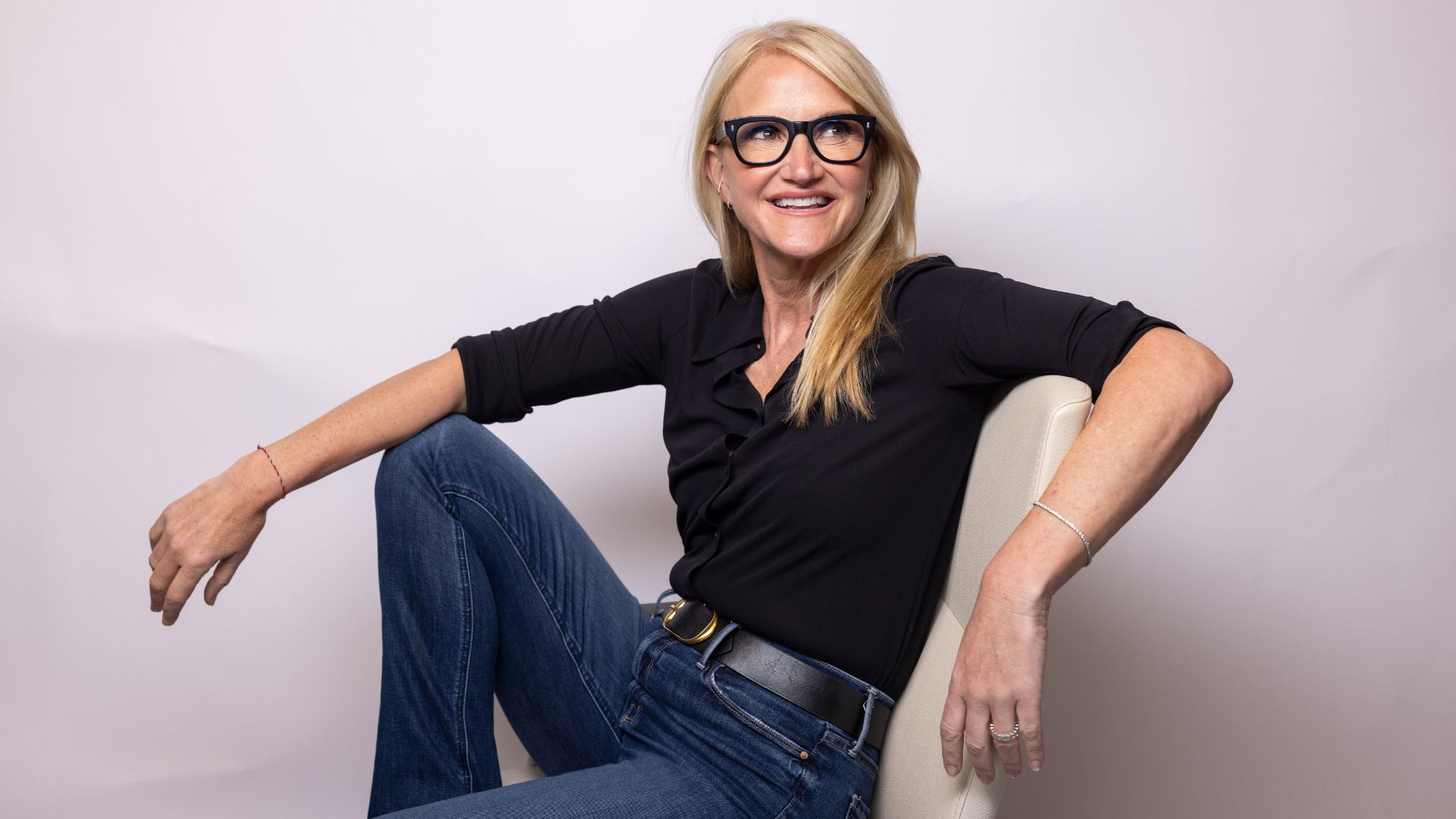Health & Wellbeing
Expert advice, tips and guidance from medical and healthcare professionals to help you take care of your physical health and mental wellbeing
Explore Health & Wellbeing
Latest
-

Everything you need to know about sound healing, from chanting and drumming to Tibetan singing bowls
The captivating practice is rooted in ancient civilisations
By Lydia Swinscoe Published
-

I found the most enjoyable new hobby on holiday in Jamaica - and everyone can do it
Low-impact, easy to learn, and perfect for all ages – I can see why pickleball is winning everyone over, and experts say it can be the best exercise for seniors
By Kerrie Hughes Published
-

Comfortable, secure and sweat-proof - these 8 exercise headphones passed my workout test
Whatever your favourite workout, I've got a pair of the best exercise headphones for distraction-free (and safe) listening indoors or outside
By Grace Walsh Published
-

'It does work' - Dr Amir Khan reveals the 5-minute sleep technique to try if you can't drift off tonight
The doctor and ITV regular shared his thoughts on cognitive shuffling on Instagram, explaining why it could be the key to sleeping better this season
By Becky Spicer Published
-

I basically live in gym clothes - and these Amazon ones are shockingly good
I've found some of the best workout clothes on Amazon over the years. It's a hidden gem for gym gear, with so many brands, styles, and colours to choose from
By Kerrie Hughes Published
-

I tried Jessica Alba's waterproof Hoka hiking boots - they are the most stylish I've seen in years
Jessica Alba took to the mountains with these boots, pairing them with a low-key outfit of leggings, a cap, and a cross-body bag
By Grace Walsh Published
-

I'm a health editor who loves Reformer Pilates but hates the cost - this £5 accessory helps me do it at home
Core sliders are my go-to training accessory when my bank balance won't support another studio workout, or I'd rather just stay at home
By Grace Walsh Published
-

Jennifer Aniston's Oura Ring is ideal for tracking your sleep and step count - now at its lowest ever price
The A-lister was first spotted wearing the smart ring while filming The Morning Show in New York, but we've seen it again since then
By Grace Walsh Last updated
-

Apple rarely does discounts - this £100+ saving on the Apple Watch Series 10 makes them worth the wait
Now in the Apple Watch Prime Day sale, the Series 10 is the newest from the brand, offering a seamless design, better health tracking, and workout features
By Grace Walsh Published
